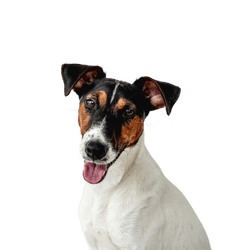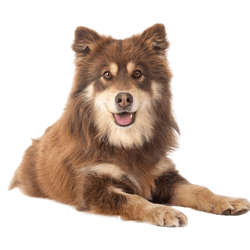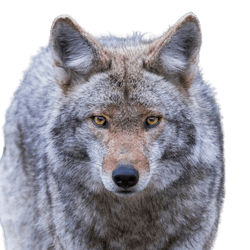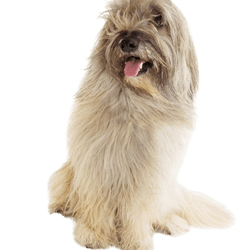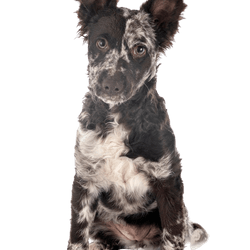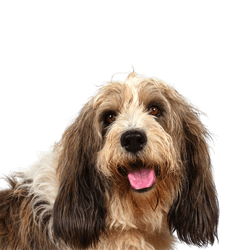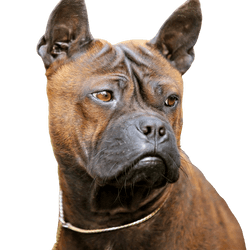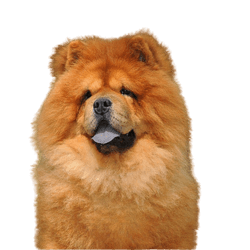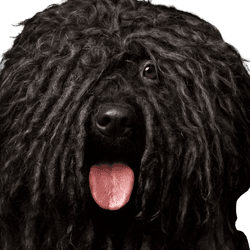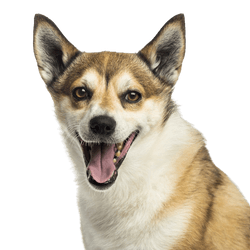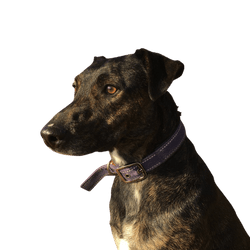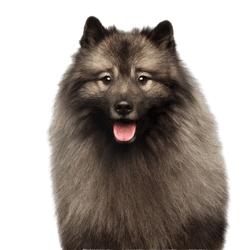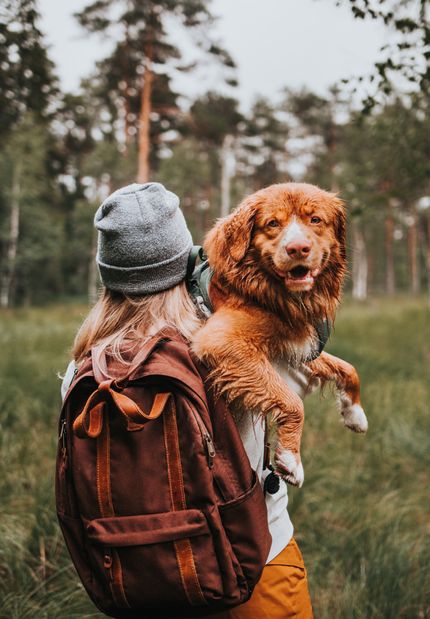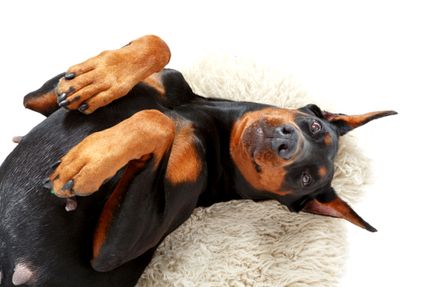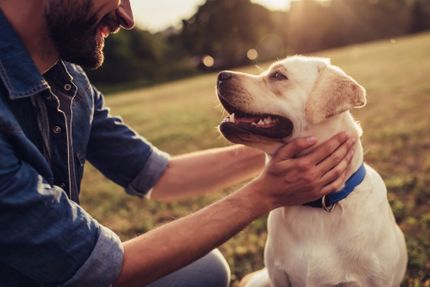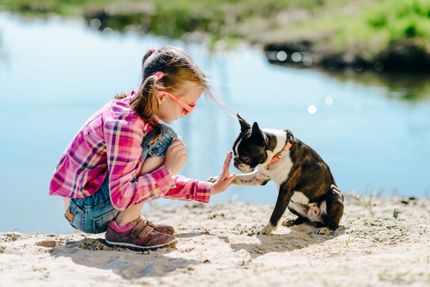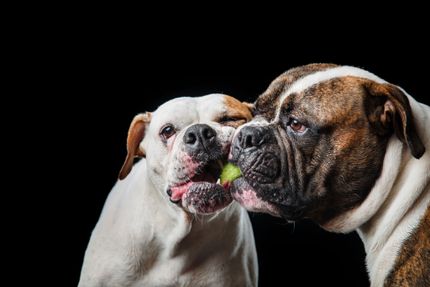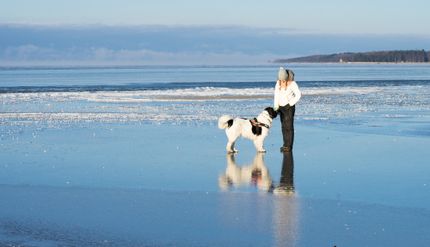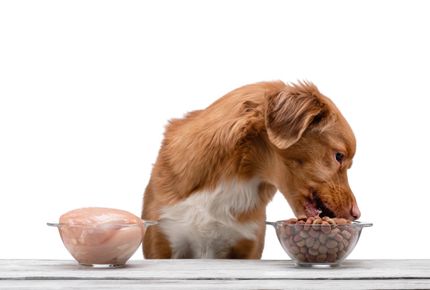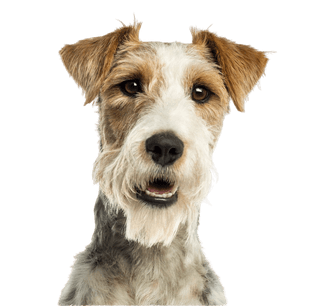
Fox Terrier Breed description: Character & Co
Fox Terrier
Facts & Origin
What is the origin of the Fox Terrier?
Like all Terrier species, the Fox Terrier was also bred for earthwork. Their task was to drive foxes and badgers out of their burrows when hunting. They worked independently and goal-orientated. Its name is also derived from its original use of hunting foxes. The animals also cut a fine figure catching rats and mice in the stable, in the yard and in the house. The comparatively long-legged Terriers were persevering and could run with the pack and their owners on horseback during parcorce hunts, and even when parcorce hunting was banned in Germany and Austria in 1934, the Fox Terrier had not yet served its time as a hunting dog. Today it tracks down game and courageously opposes even larger animals such as wild boars. In the middle of the 19th century, a smooth-haired Fox Terrier was first shown at a dog show, about 20 years later wire-haired representatives of the breed were also shown. The Fox Terrier Club founded in England in 1876 set the first breed standard. Until 1920, the smooth-haired Fox Terrier was more popular, but in the middle of the 20th century the wire-haired specimens came into fashion. In 1949, as many as 10,000 puppies were registered, a record that has not been reached since.
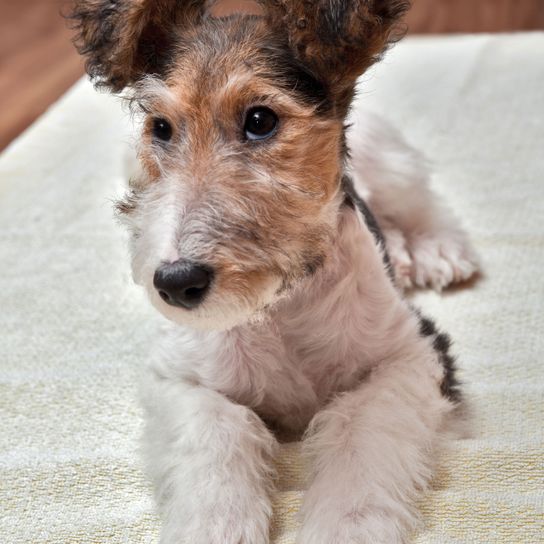
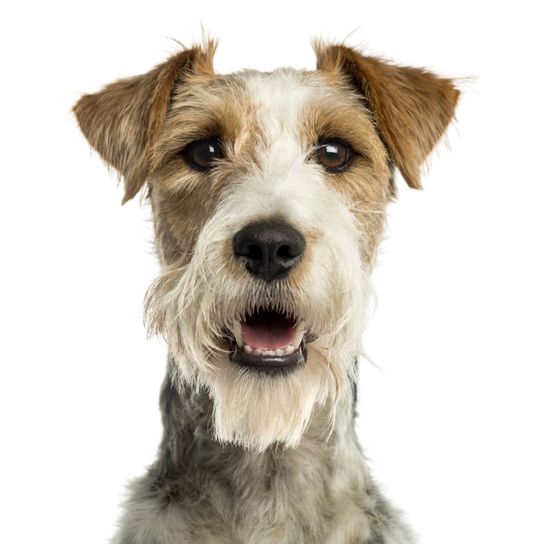
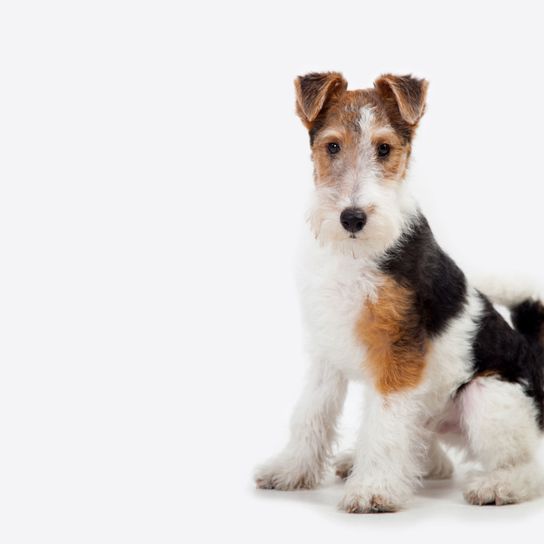

| Alternate Name | Wire-haired Fox Terrier, Wire Fox Terrier, Toy Fox Terrier, Wirehaired Fox Terrier, Mini Fox Terrier, Miniature Fox Terrier |
| Origin | UK |
| Life expectancy | 12 - 15 years |
| Care requirements | - |
| Activity level | - |
| FCI group | Large and medium sized Terriers |
| AKC group | Terrier Group |
| KC group | Terrier Group |
Fox Terrier mixes
Attitude, character and temperament of the breed
What are the breed characteristics of Fox Terriers?
If you want to buy a Fox Terrier, you better prepare yourself for a strong personality. This bundle of energy shows a lot of stubbornness. The smart, challenging look is typical for the breed. Also the upward pointing, medium-length tail and the bent ears are typical characteristics. The movements of your four-legged friend are elegant and graceful.
What are the typical character traits of Fox Terriers?
Both smooth-haired and wire-haired Fox Terriers are full of energy and need a lot of activity. As a companion dog they are best suited for sporty owners who offer them daily exercise. They enjoy accompanying you for excursions on bike as much as long runs or hikes. Since the Fox Terrier is not afraid of horses, it is a good partner for horse riders. You should keep in mind that the breed is an eager-to-work hunting dog. In order to be able to let your Fox Terrier puppy run without a leash later on - wherever it is allowed - invest enough time in its training. This requires a consistent hand, as the perky four-legged friend takes advantage of every uncertainty and likes to take charge themselves. If the animal feels underchallenged, it will show unwanted behaviour and dig around in your garden or perhaps draw attention to itself by barking. Socialisation with other dogs is also recommended at a young age: Otherwise, it is possible that your pet will tend to bark and behave dominantly later on. Thanks to their playful disposition, which they keep until old age, they also like to interact with children. However, your children should learn how to appropriately treat the four-legged friend.
Character
Usage

Health and breeding information
What are typical diseases of Fox Terriers?
Some diseases occur more often in the Fox Terrier, among them are
- Ataxia and myelopathy: neurological disorders that lead to a deterioration of the spinal cord
- Eye diseases
- Bone Diseases
- in rare cases: Deafness
What should be considered regarding Fox Terrier breeding?
The Fox Terrier Club Austria, founded in 1895, has a lot of experience with the placement of puppies. Here you will find a serious breeder who will give away the little furry friend at the age of eight to ten weeks. In a trustworthy breeding genetically disadvantaged parent animals are excluded, which provides you with a healthy puppy to join you in your home, one that is chipped, vaccinated and dewormed. Fox Terriers in need are also waiting for you in animal shelters and will be eternally grateful to get adopted into a new home.


Appearance and coat of the Fox Terrier
Your four-legged darling is a medium-sized dog with an almost square build. Their legs are close to the ground, their head is protruding towards the front. The tail is carried standing upwards. The bundle of temperament gives the impression of constantly being under high tension. This impression is reinforced by the muscular and slender body. Their movements are fast and lively. If you want to buy a Fox Terrier you have the choice between rough and smooth haired representatives of the breed. The rough-haired Fox Terrier looks cheeky and alert with its distinctive moustache. The coat is about two centimetres long and has a wiry texture. It is firmer on the front and hind legs and on the back. According to the breed standard, the colour white should predominate, whereby black or tan markings are desired. Also tri-coloured Fox Terriers are possible. The same pattern is found in the smooth-haired Fox Terrier, whose coat is short. Its coat is very easy to care for, regular brushing is worthwhile to keep it shiny. The rough-haired Fox Terrier does not shed, which makes it an ideal dog for allergy sufferers. However, you must have the animal trimmed regularly to remove dead hairs.
What is the average size of a Fox Terrier?
The shoulder height of a Fox Terrier reaches up to 40 centimetres.
How much does a Fox Terrier weigh?
A Fox Terrier weighs about 8 kilograms.
What is the life expectancy of a Fox Terrier?
A Fox Terrier reaches an age of about 12 years.
| Fur length | short |
| Fur | rough-haired |
| Ear shape | Tilt-ear |
| Tail | short |
| Anatomy | muscular, square |
| Size ♀ | 36 - 39 cm |
| Weight ♀ | 6 - 9 kg |
| Size ♂ | 36 - 39 cm |
| Weight ♂ | 6 - 10 kg |
| Suitable For | - |
Colors
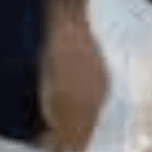
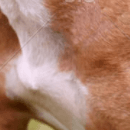
Known Diseases
Ataxia
Ataxia (from Greek ἀταξία ataxia 'disorder' 'irregularity') is a generic term in medicine for various disorders of movement coordination. Ataxia can occur even when there is no paralysis (paresis), that is, when there is normal muscle strength.
Eye diseases
Often occur with allergies and intolerances.
Bone Cancer
May occur with age.
Myelopathy
Degenerative myelopathies of dogs are a series of slowly progressing neurological diseases associated with destruction of the spinal cord. These diseases are associated with slowly progressive movement disorders of the hindquarters.
Numbness
Often occurs in old age.
Other medium dogs
Useful Articles
You can find articles that might interest you in the dogbible blog to match your favorite breed.
Visit our magazineto stay up to date on dog trends.
To find out more, view our Privacy Policy
Find here the breed that suits you and find out what character traits it has. Here you can also learn more about the origin, size and weight of your favorite breeds.
Matching your favorite breed, you'll find articles that might interest you on the dogbible dog blog.
How your dog learns to go on its place
How many hours do dogs sleep a day?
Beef Pizzles as Bully Sticks for the dog
Rabies in dogs - rabies vaccination and signs that your dog is affected





